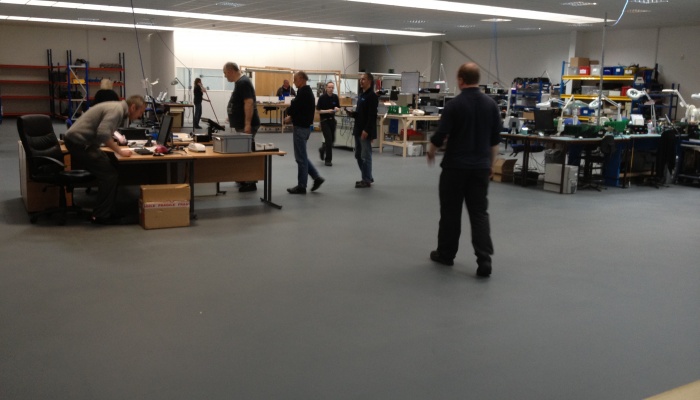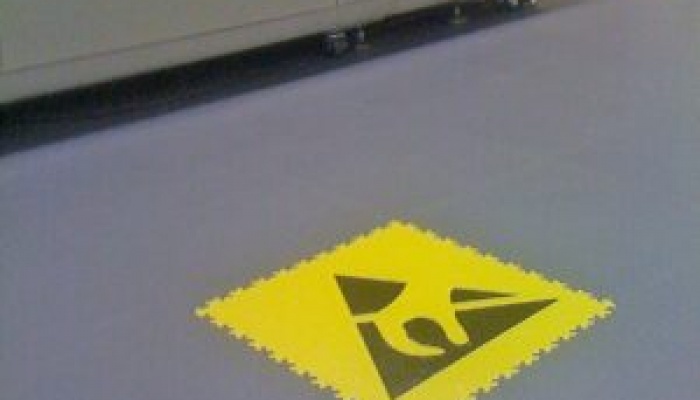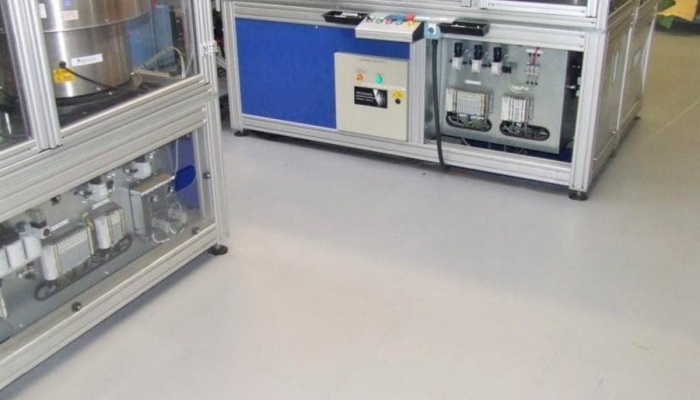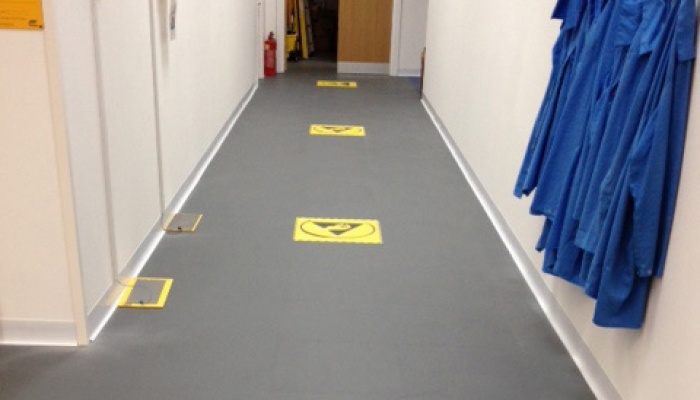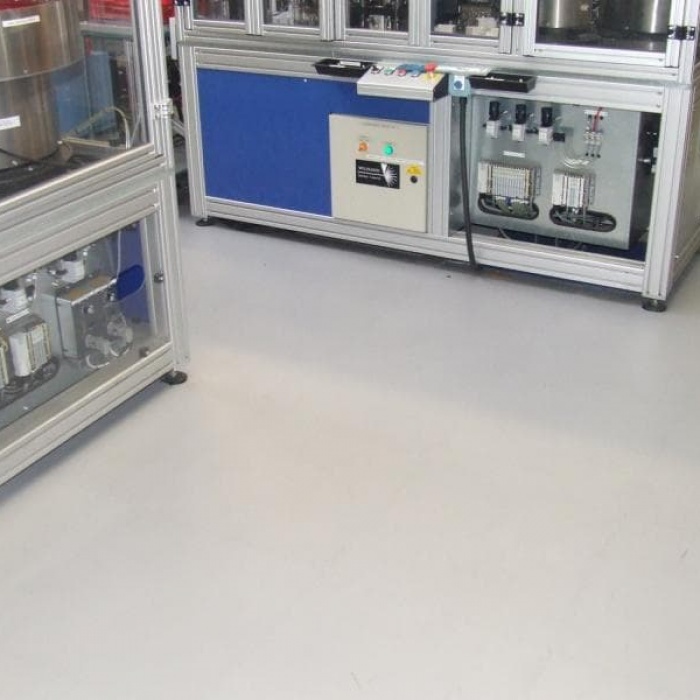
Strong-Loc Anti-Static - 5mm
Anti static flooring is often used for manufacturers of electronic components, automotive and aerospace industries, ESD systems, anti-static and conductive resins can control spontaneous transfer of electrostatic charge in areas vulnerable to Electro-Static Discharge, to prevent damage to electronic components and sensitive electrical equipment.
Note that the term anti-static is often misunderstood and misused, quite often when we are asked for anti-static flooring what the customer actually wants is Electro-Static Dissipative or Conductive Flooring, commonly referred to as ESD flooring. That being said, whatever your requirements we will ensure your flooring solution exactly meets your needs and specifications.
Product Specification Summary
| TECHNICAL DATA | ANTI-STATIC INDUSTRIAL | |
| TECHNICAL DATA | STANDARD | Industrial 5mm |
| Tile Dimensions | 5mm: 516mmx516mm (10 tiles per pack | |
| Weight | 7.6kg/m2 | |
| Hardness | ISO868 | 92 ShoreA |
| Material | PVC SGI 1.45 | |
| Thickness | BS EN 428 | 5mm +- 0.2mm |
| Wear Resistance | BS EN 660-2 | Wear Group T |
| Castor Wheel | BS EN 425 | No Damage |
| Indentation | BS EN 433 | 0.06mm |
| Fire Class | EN 13501-1 | Bfl-s1 |
| Electrical Resistance | BS EN 1081 | 10^8 - 10^9 |
| Anti-Slip | BS EN 13893 Deutsche Norm DIN 51130 | Anti-Slip DS R10 |
| Chemical Resistance Light Fastness (Blue Wool Standard) | BS EN 423 BS EN 20105 - B02 | Good 7BWS/5GSR |
| Thermal Conductivity | ISO 8302 | 0.03807m2K/W |
| Electrostatic Behaviour | BS EN 1815 | 2kV |
| Flexibility | BS EN 435 | Flexibility No Cracking |
| Dimensional Stability Before Exposure to Heat | BS EN 434 | 0.11% |
| Dimensional Stability After Exposure to Heat | BS EN 434 | Average 0.19 |
| Density | BS EN 436:1994 | Average 1404kg/m2 |
We just need a few details
Please enter your details below so we can contact you about your bespoke order.

